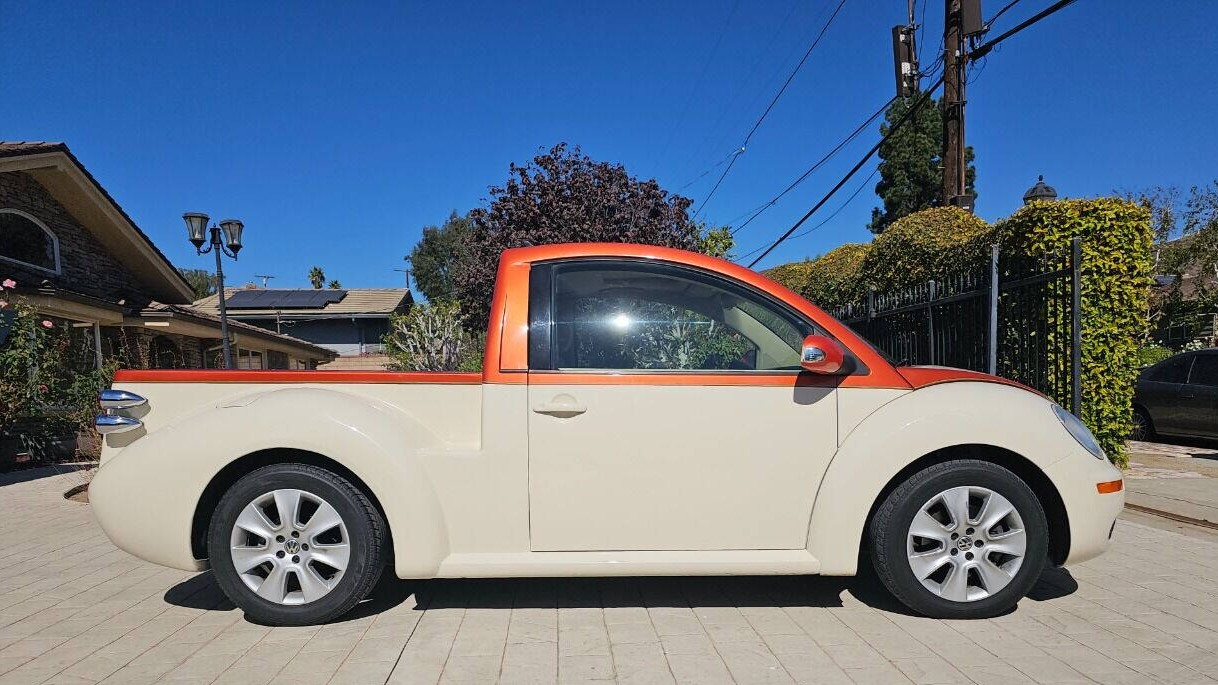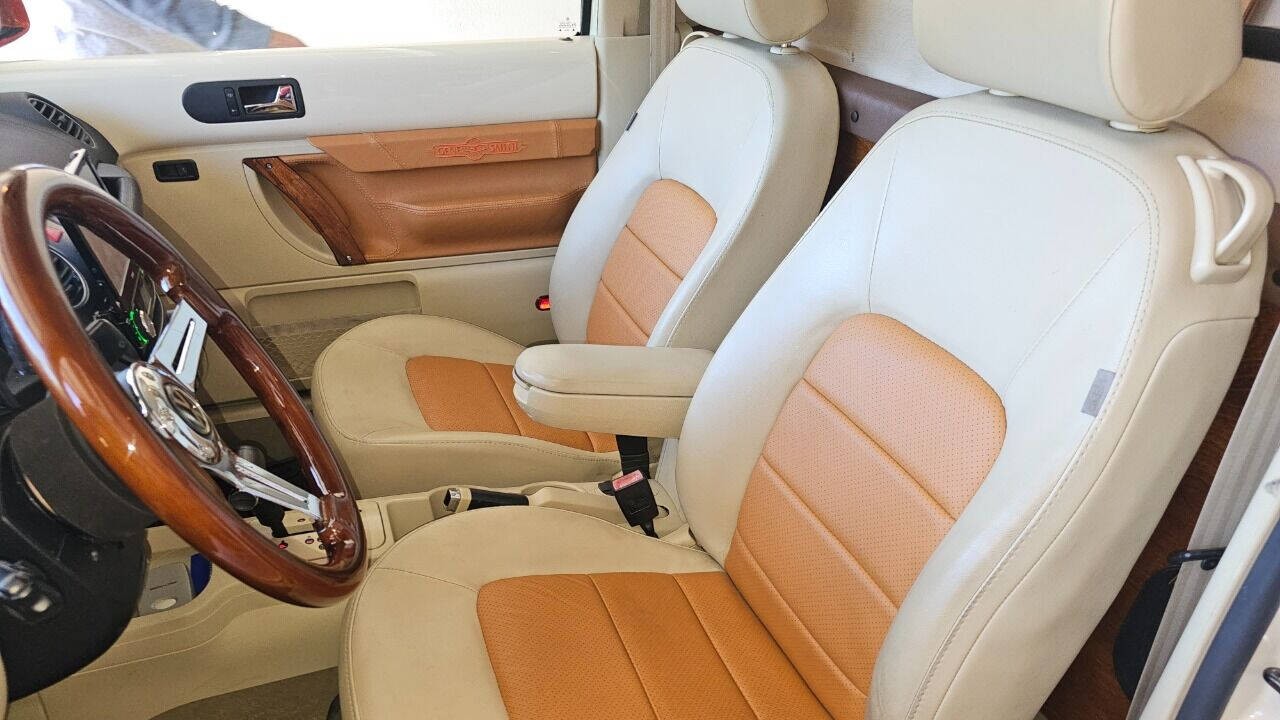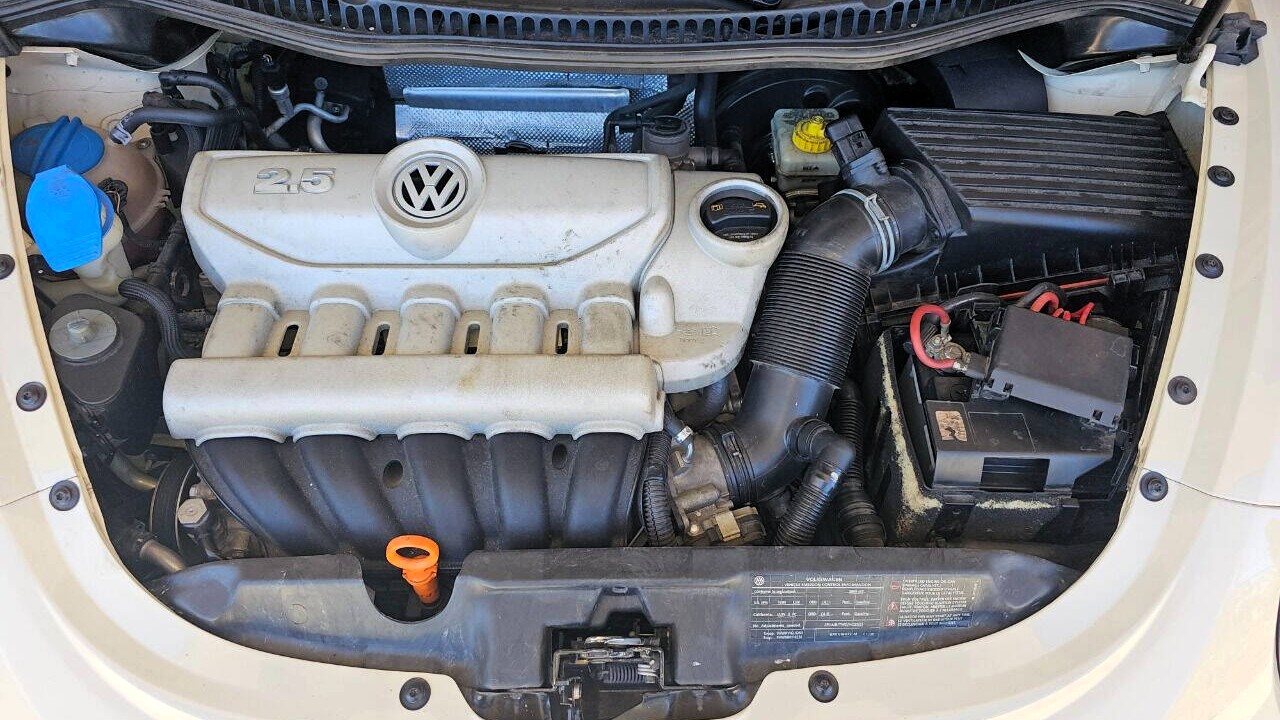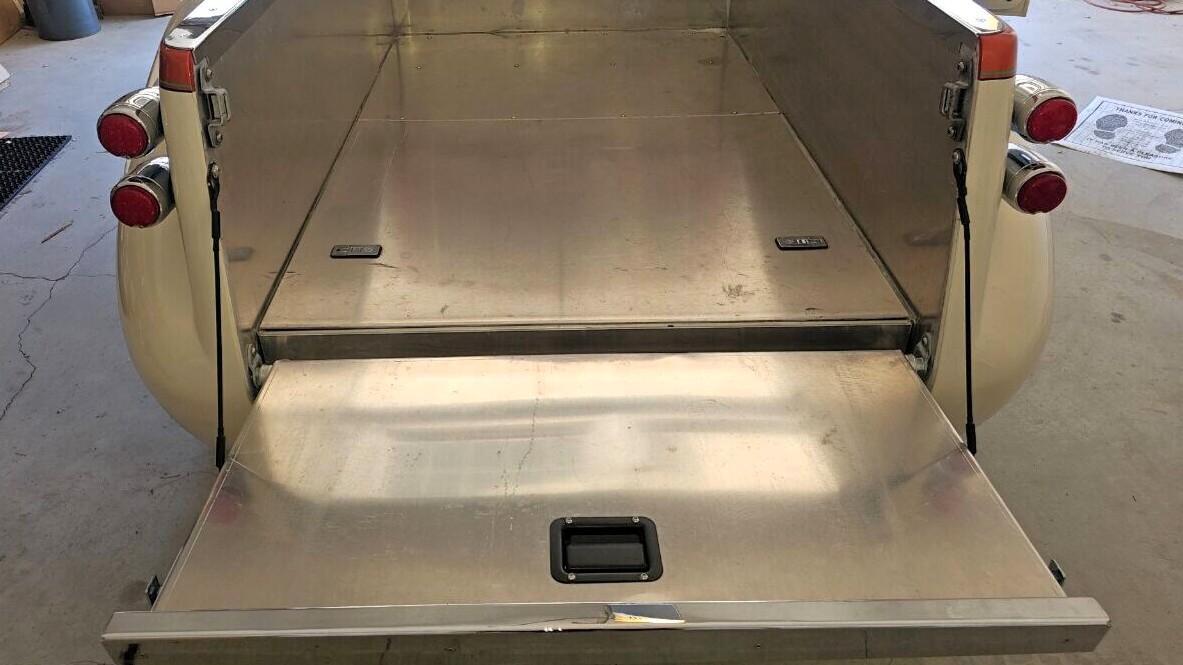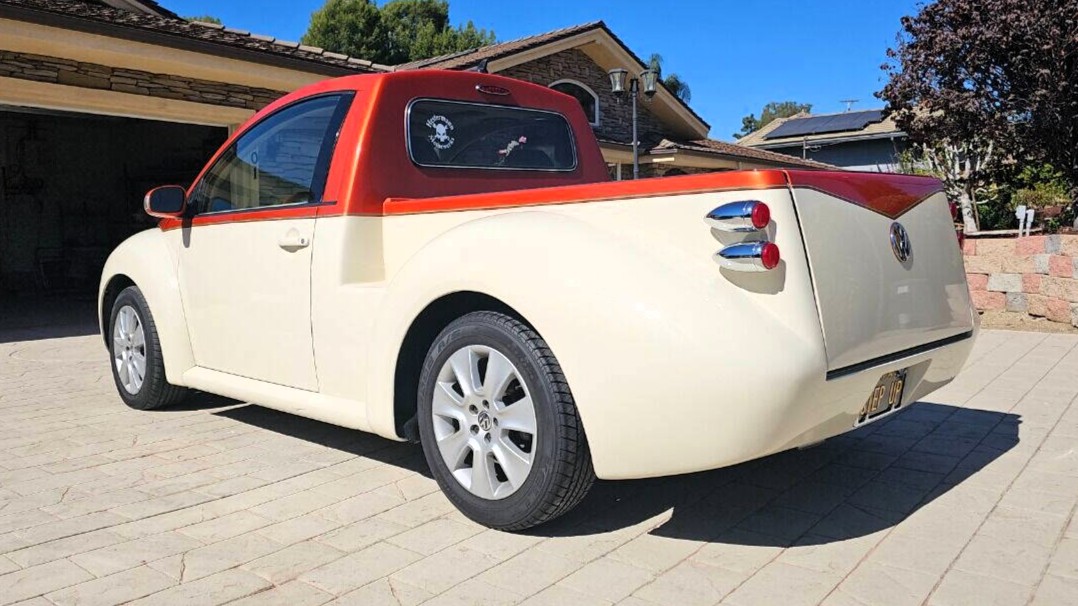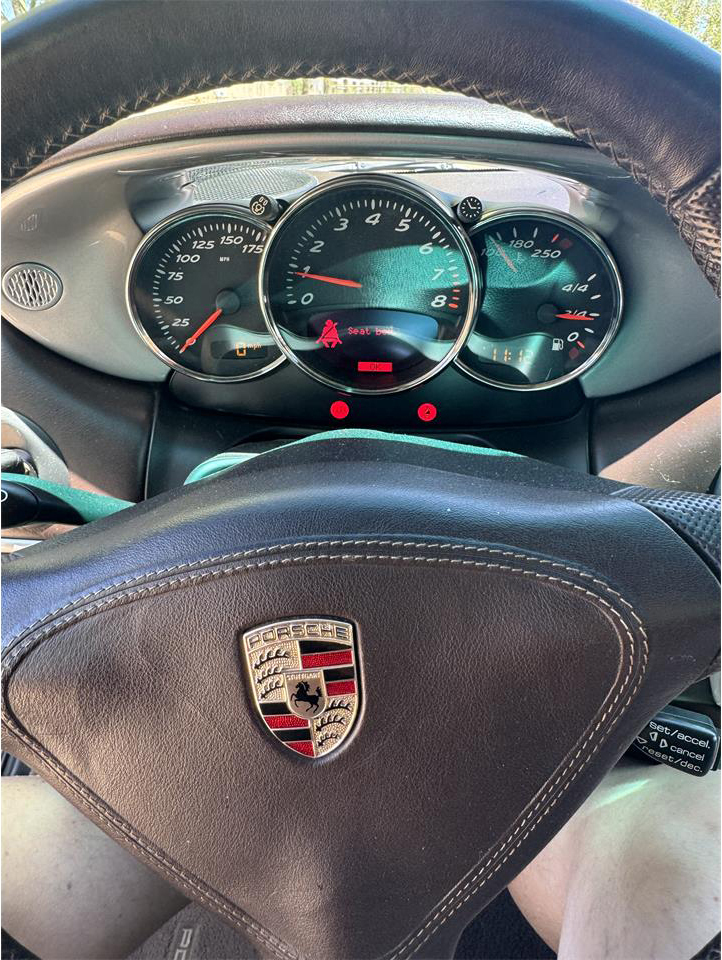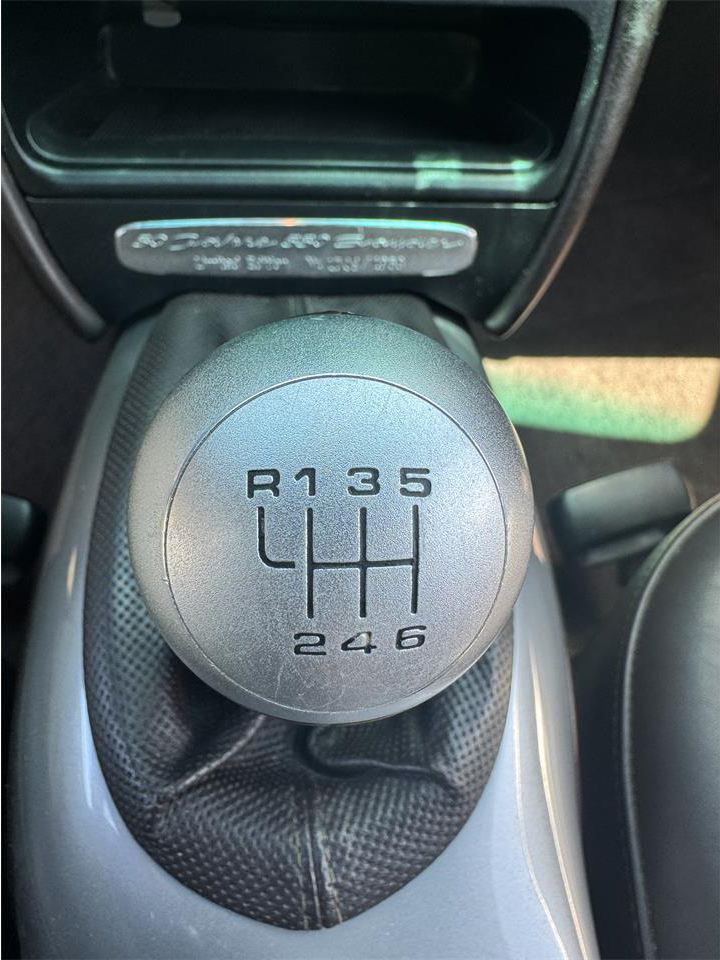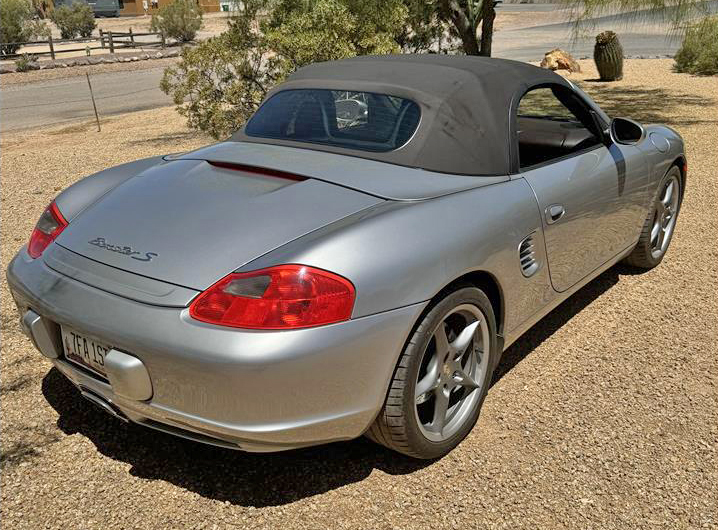Last night, while I was washing my son Hayden’s baby bottles, my wife started watching the new Hulu series “All’s Fair.” The legal drama starring Kim Kardashian, Glenn Close, Naomi Watts, and Niecy Nash shows the professional and personal problems their characters go through while starting their own law firm. The first episode was filled with designer fashion and high-end cars, many of which had mid-engine layouts. One noticeable exclusion was the C8 Chevrolet Corvette.
It’s no surprise that a show about highly paid LA attorneys features vehicles from Bentley, Maserati, and Lamborghini. Mid-engine cars in particular are automotive shorthand for “I’m a big shot.” Since 2020, the Corvette has had the same configuration, but it was absent from the lineup.
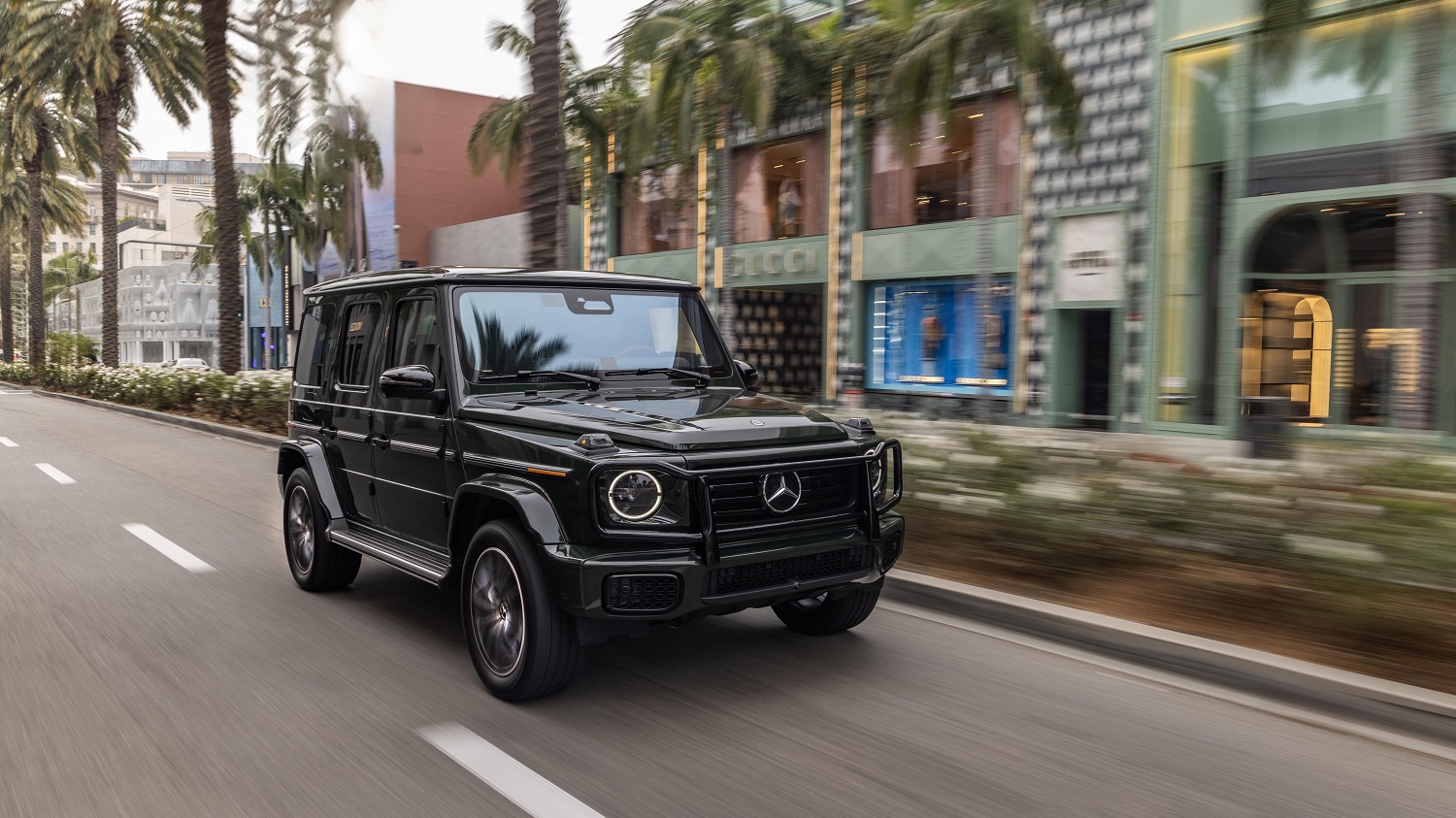
The more I thought about “All’s Fair,” it became clearer that the C8 is missing from other programs filled with mid-engine cars. My wife enjoys watching reality TV shows such as “The Secret Lives of Mormon Wives,” “The Kardashians,” “Selling Sunset,” and “The Real Housewives of Orange County.” I can’t stand all the constant fighting and embarrassing behavior on those shows, so they’re far from my first choice of what to watch, yet I endure them for her. I’ve seen those programs enough to know the vehicles they typically showcase—many of them are high-end SUVs, including the Rolls-Royce Cullinan, Land Rover Range Rover, and Mercedes-Benz G-Wagen. If the ultra-rich housewives go anywhere as a large group, it’s typically in a luxed-up Mercedes Sprinter conversion van or something similar. Of course, there are also plenty of performance cars but, in all my hours of watching (way too many!), I can’t recall ever seeing a C8 Corvette. Not one. Why is that? I have a few theories.
Product Placement
This might explain most of the vehicle choices because television is a business, but let’s get into some of the potential historical and cultural causes.
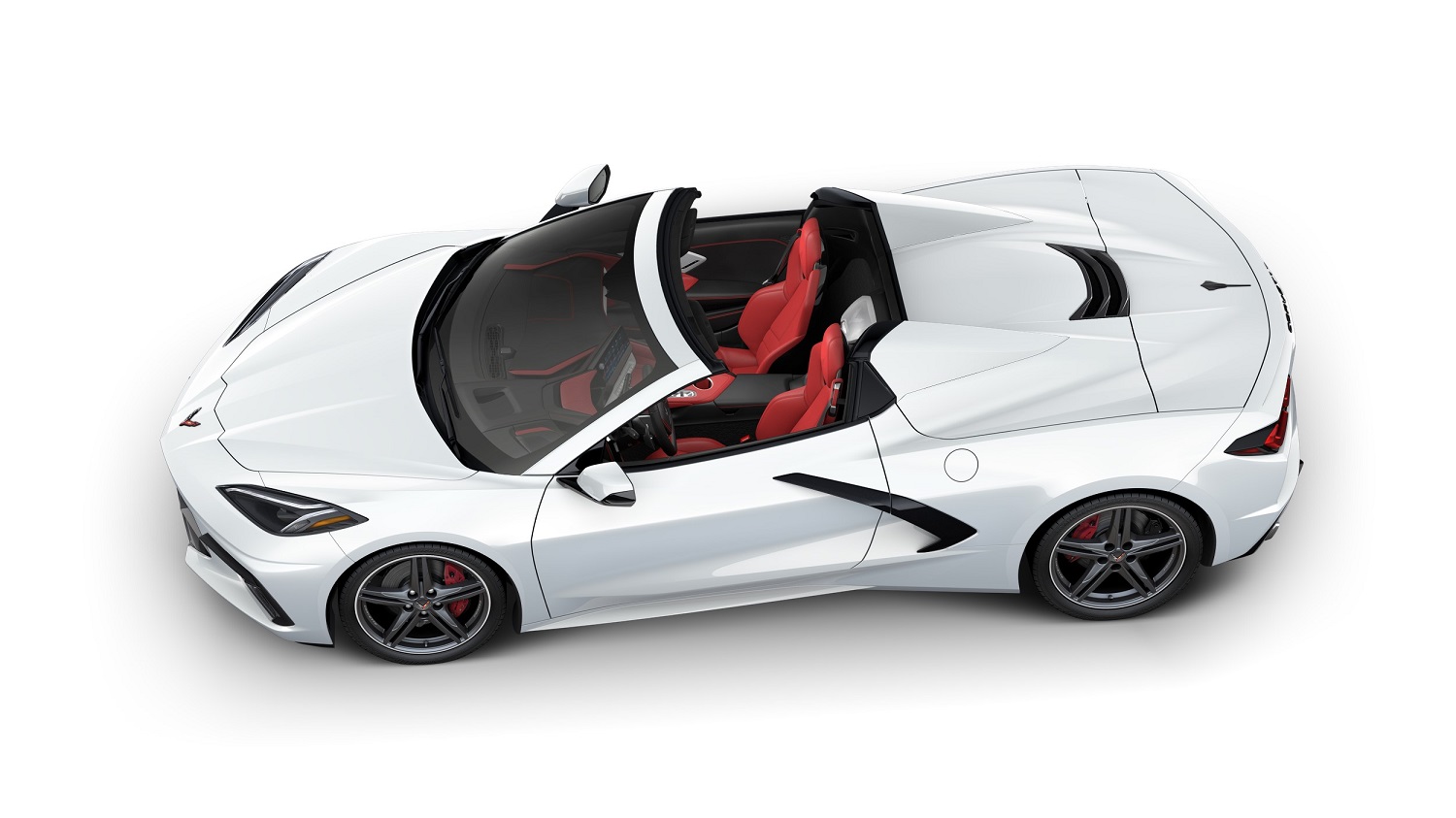
Made in the USA
Don’t get me wrong—the C8 is an aspirational car to many. If I win Powerball, I’d quickly spend some of my winnings on an Arctic White Stingray Convertible with an Adrenaline Red interior. But I think the fact that the Corvette is so familiar to people in this country makes it less mysterious and exotic than machines from Europe, even though many of them also have dramatic styling and a V8 behind the passenger compartment.
Strength = Weakness
As far back as I can remember, one of the main advantages of the Corvette has been its value proposition. It offers close to—if not the same—performance as many European rivals at a fraction of the price. But no matter how eye-catching, powerful, or fast it is, it’s still not a European exotic, which has long been the go-to vehicle for people who want the world to know that they’ve made it and they’re living the dream. Although getting a deal is nice, it’s not the stuff of fantasies.
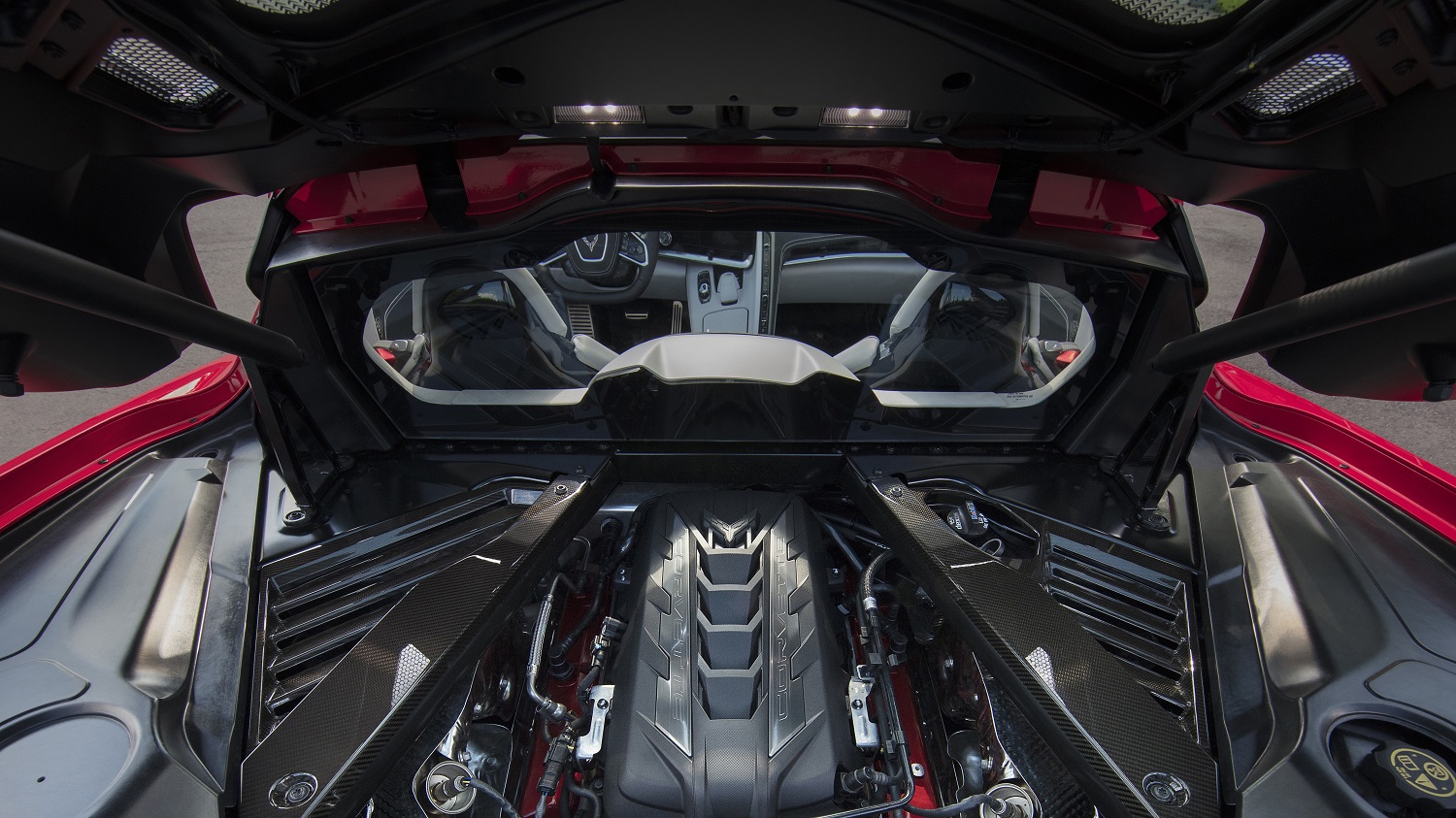
Power of History
Back when the Corvette was a front-engine car, it was compared to more expensive mid-engine European offerings. Like many of those, it had a long history, racing pedigree, head-turning lines, stunning power, and impressive lap times. One fundamental thing that kept the Vette from being on the same plane as certain Ferraris, McLarens, and Lamborghinis was its engine placement. That changed with the C8, which is now in its seventh model year, but that was after nearly 65 years of the Corvette being an American car with a pushrod small-block behind its nose. Just like its value, perhaps the Corvette’s history works against it (at least in terms of screen time on dreadful shows).
I also consider the ages of some of the people in these shows and how those might affect the way they view the Corvette in general. From what I’ve seen, Kim Kardashian doesn’t appear to be a big fan of supercars but, for the sake of easy math, let’s use her as an example. She was born in 1980, which means she lived the first 40 years of her life in the era of the front-engine Corvette, which at times was criticized for having a low-rent interior. First impressions, especially those made in your formative years, are hard to forget.
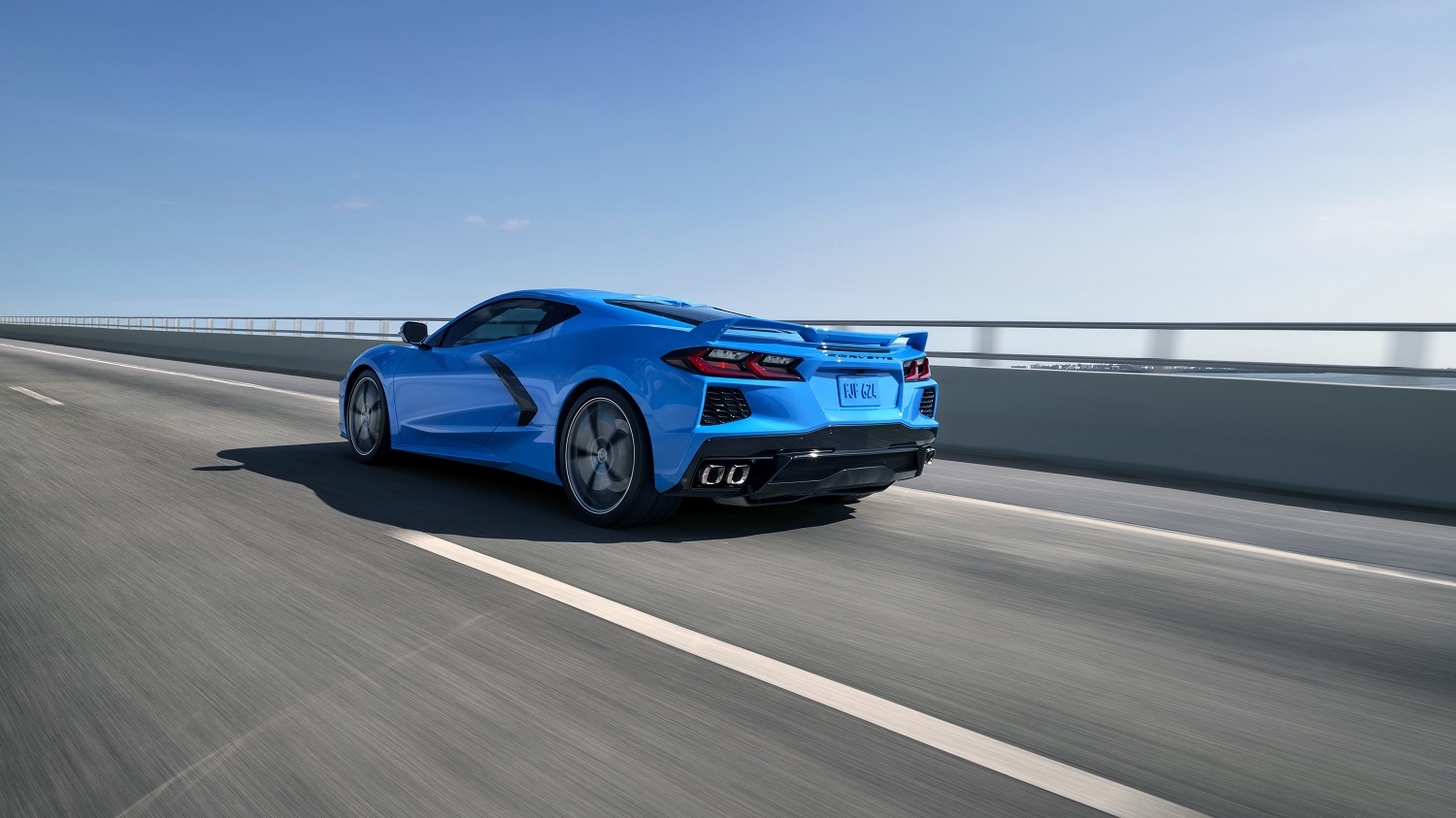
Have any of you who watch “All’s Fair” or reality TV noticed the same thing about the C8 Corvette? What are your theories behind its lack of on-screen presence? Tell us in the Comments section below.

